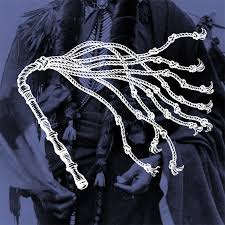Here are three scenes from the history of slavery in North America. In 1637, a group of Pequot Indians, men and boys, having risen up against English colonists in Connecticut and been defeated, were sold to plantations in the West Indies in exchange for African slaves, allowing the colonists to remove a resistant element from their midst. (The tribe’s women were pressed into service in white homes in New England, where domestic workers were sorely lacking.) In 1741, an 800-foot-long coffle of recently enslaved Sioux Indians, procured by a group of Cree, Assiniboine, and Monsoni warriors, arrived in Montreal, ready for sale to French colonists hungry for domestic and agricultural labor. And in 1837, Cherokee Joseph Vann, expelled from his land in Georgia during the era of Indian removal, took at least 48 enslaved black people along with him to Indian Territory. By the 1840s, Vann was said to have owned hundreds of enslaved black laborers, as well as racehorses and a side-wheeler steamboat.
A reductive view of the American past might note two major, centuries-long historical sins: the enslavement of stolen Africans and the displacement of Native Americans. In recent years, a new wave of historians of American slavery has been directing attention to the ways these sins overlapped. The stories they have uncovered throw African slavery—still the narrative that dominates our national memory—into a different light, revealing that the seeds of that system were sown in earlier attempts to exploit Native labor. The record of Native enslavement also shows how the white desire to put workers in bondage intensified the chaos of contact, disrupting intertribal politics and creating uncertainty and instability among people already struggling to adapt to a radically new balance of power.

